Not merely the country’s highest hill, Triglav is also Slovenia’s national symbol. Its familiar three-way peak could be seen on every little thing from Slovenian euro coins to the national coat-of-arms. On the leading of Triglav, at an elevation of 2864 meters or 9396 feet, stands the Alja?? Tower. Exactly what may initially look merely like a steel refuge for mountaineers has, over the previous 118 years, likewise pertained to symbolize Slovenia’s nationhood.
The cylindrical tower was created by Jakob Alja?ž, a priest from the town of Dovje in the Slovenian Alps. This was an era when ethnic German mountaineering companies vied with their Slovenian equivalents for supremacy on the mountain. Alja?ž bought come down on the very leading of Triglav in order the build the tower merely here the top. After the tower was built in 1895, Alja?ž donated the tower to the Slovenian Alpinism Organization. Along with giving a basic shelter to mountaineers stranded on the top of Triglav, the Alja?ž Tower became a sign of Slovenian identification. While Slovenians continued to be subjects of the Austro-Hungarian Empire, and would have to wait for flexibility, the top of Triglav was finally in the hands of Slovenian mountaineers.
Much more record lay in store for the Aljaž tower (slovenian: Aljažev stolp). After World war, Italy obtained a considerable piece of ethnically Slovenian area, and the new perimeter between Italy and the new South Slav state reduced right around the hill. The Alja?? Tower itself was on the Italian side of the perimeter and was repainted in the Italian nationwide colors– red, white, and environment-friendly. The tower, planned to signify Slovenian identification, birthed the flag of an overseas country.
When borders moved once again after World War II, every one of Triglav became Slovenian area within Yugoslavia. However it wasn’t the end of politics for the Alja?? Tower. The brand-new Communist authorities had it repainted red and positioned a red superstar ahead. Triglav was, nevertheless, the acme of Tito’s Yugoslavia, and the tower was needed to mirror the belief of the time.
Shortly just before the fall of Communism, nevertheless, the Alja?ž Tower shed its superstar and was restored to its initial, metallic grey appearance. And when Slovenia became independent in 1991, it was the website of a distinct event of the new country’s birth: A group of torch-bearing mountain climbers made it to the leading of the still-snowy hill and increased a Slovenian flag on the tower. Finally, Aljaž’s desire from a century previously came to be reality: The tower bearing his name became an undisputed shape of Slovenian nationhood.
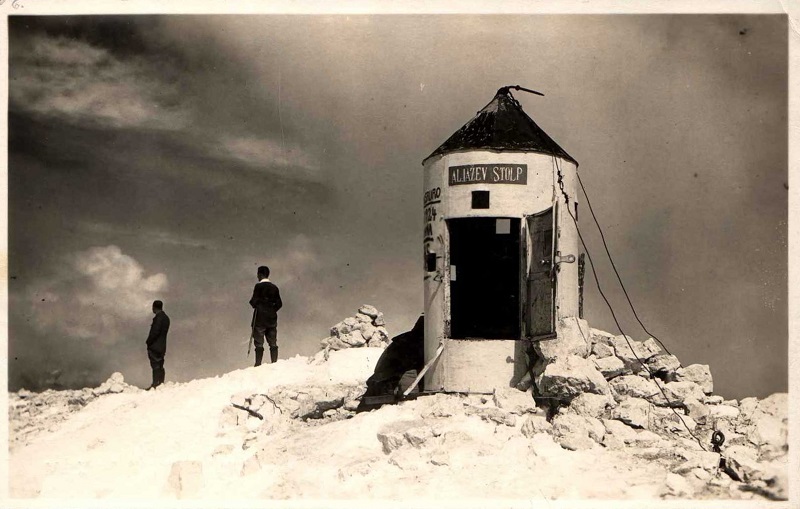



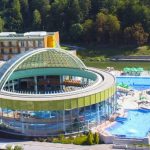


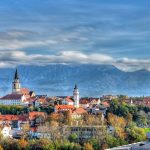
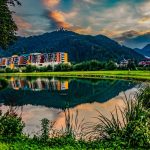
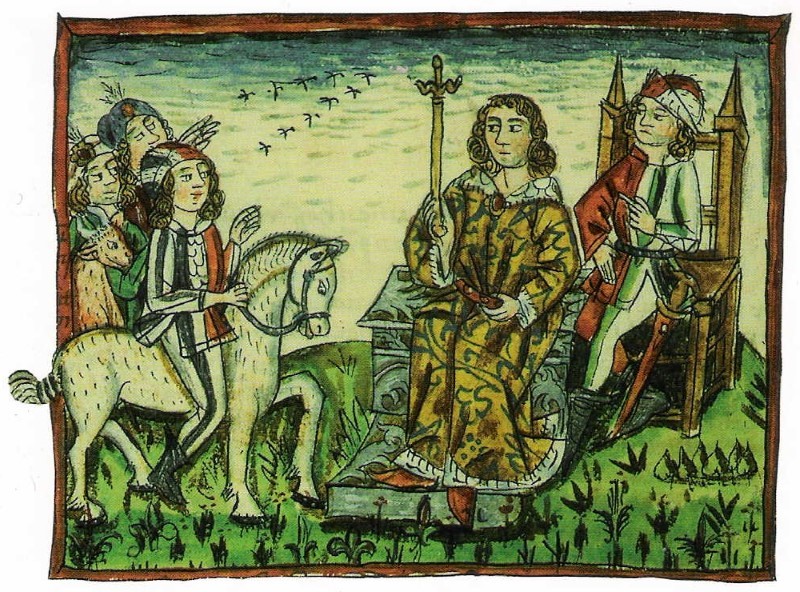
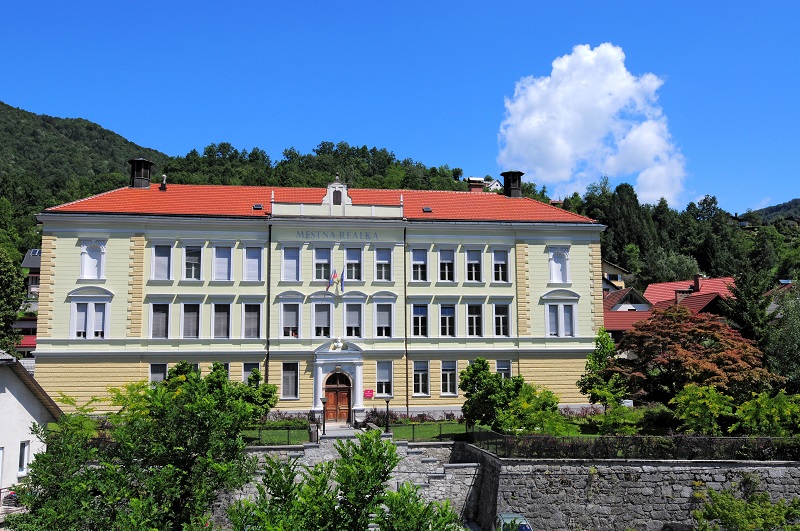
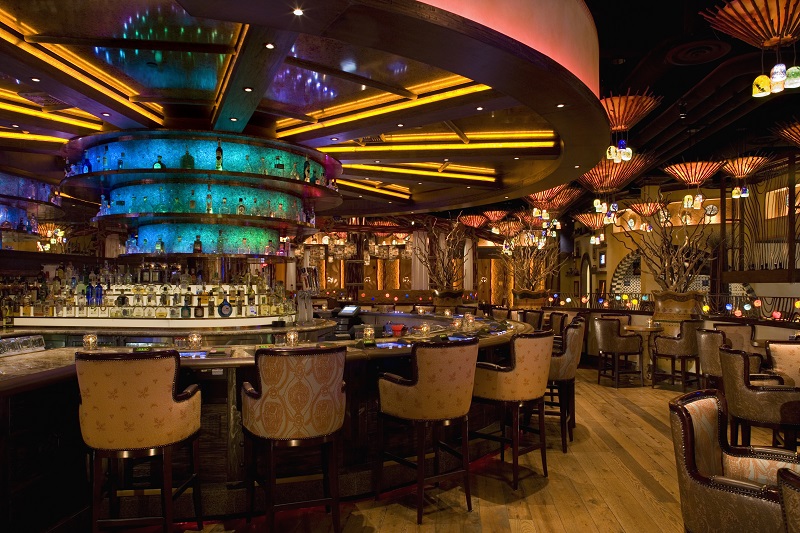
 Business tourism is a major part of tourism in the world.
Business tourism is a major part of tourism in the world.